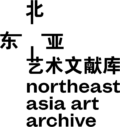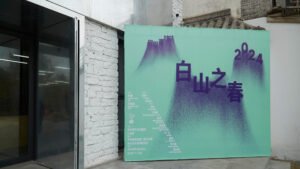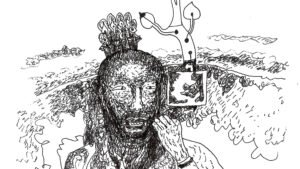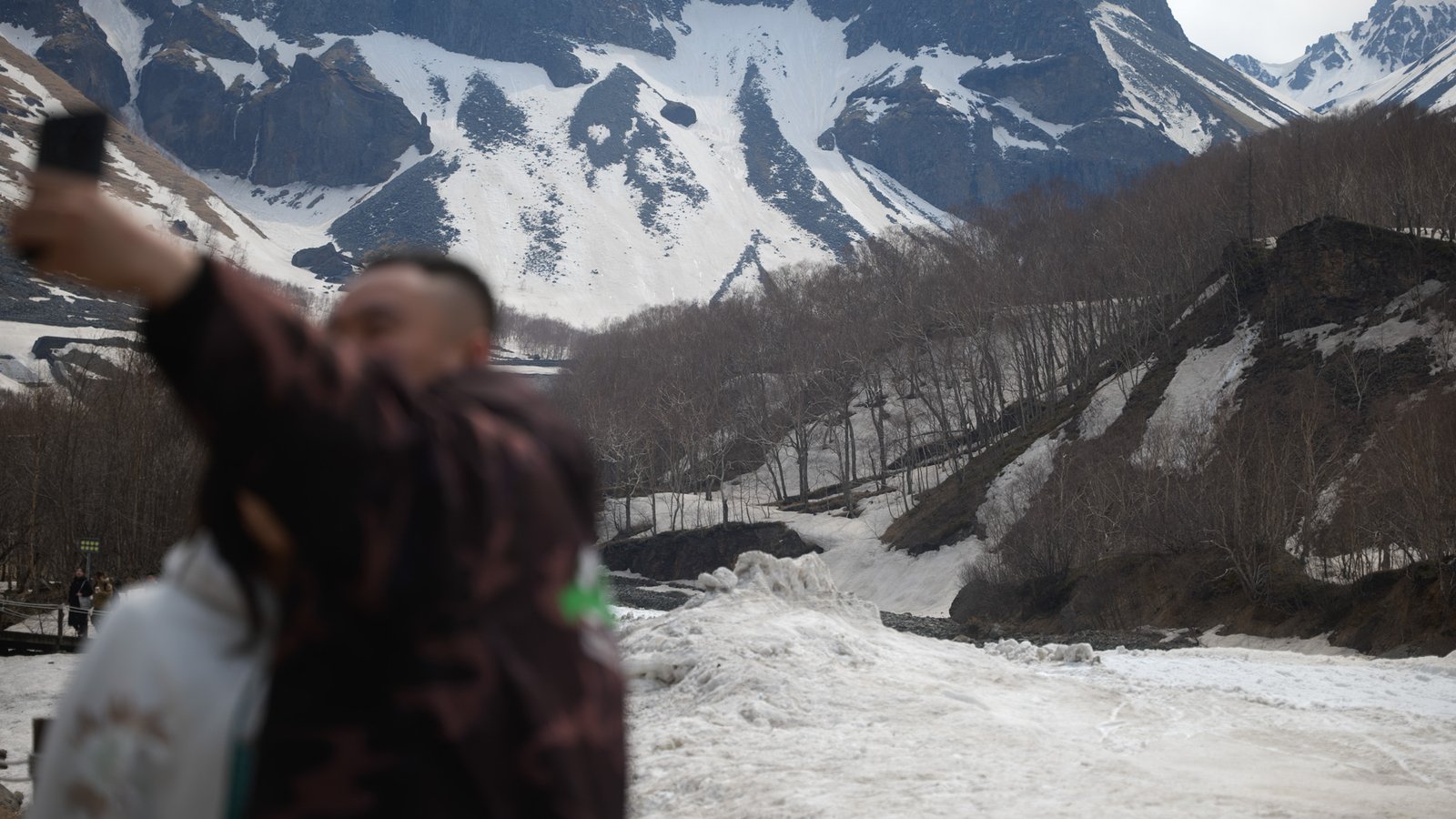
The Northeast serves as an important window for observing China. Having experienced modern wars, the formation of the Xinmin system, border reclamation, and the rise of heavy industry, the Northeast has increasingly become marginalized in the economic and cultural landscape of contemporary China since the end of the collectivist era of communal pots.
In terms of contemporary art, the drawbacks of the Northeast are also evident. Especially given the region’s significant role in the international geopolitical landscape, there is a certain urgency to establishing an art institution that focuses on Northeast Asia in Changbai Mountain, building the concept of Northeast Asia amid a state of silence, and filling in a missing piece on the map of contemporary art.
On April 20, 2024, the “Spring of Baishan” forum, jointly initiated by the Northeast Asia Art Archive and ARTBDL, began at the Changbai Mountain Residency Project Space. Through this forum and a series of actions that anchor in local places and set free imaginations, we hope to open up the possibilities for Northeast China to communicate with the world and carve out a path for local narratives within the rigid and centralized knowledge systems.
The first forum settled for “new” as the keyword, using interdisciplinary dialogues to reread and examine the space, locality, and landscape of the Northeast Asian region, and opening up possibilities for the future between history and nature. The forum was co-hosted by Zhong Gang, editor-in-chief of ARTBDL, and Li Jiaqi, initiator of the Northeast Asia Art Archive.
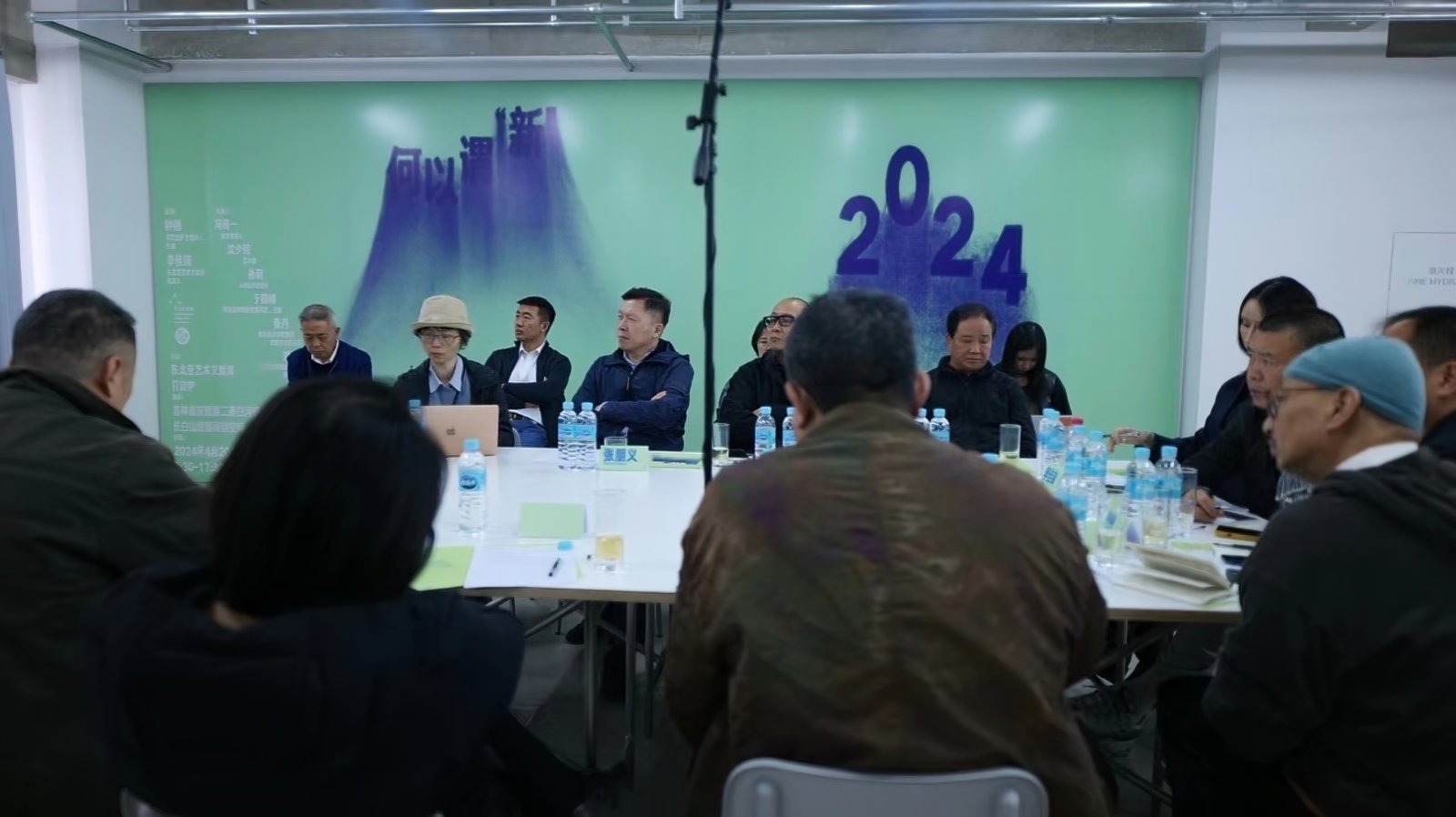
What is a good institution? What is a new institution? How does one run an institution well in the border region? The forum explored, from various dimensions, how to effectively rely on the unique geographical space of Changbai Mountain and Northeast Asia and generate contemporary local expressions, thus unfolding the research of contemporary culture.
Based on the outcomes of the forum, we organized and edited a roadmap for local work, hoping to inspire and remind ourselves during long-term work in the future. We also hope to share it with more peers who are quietly exploring in different regions, believing that while surviving amid the cracks, there will always come a time when we meet along narrow paths.
Editor: Chen Ying
Photography: Peng Wenbiao
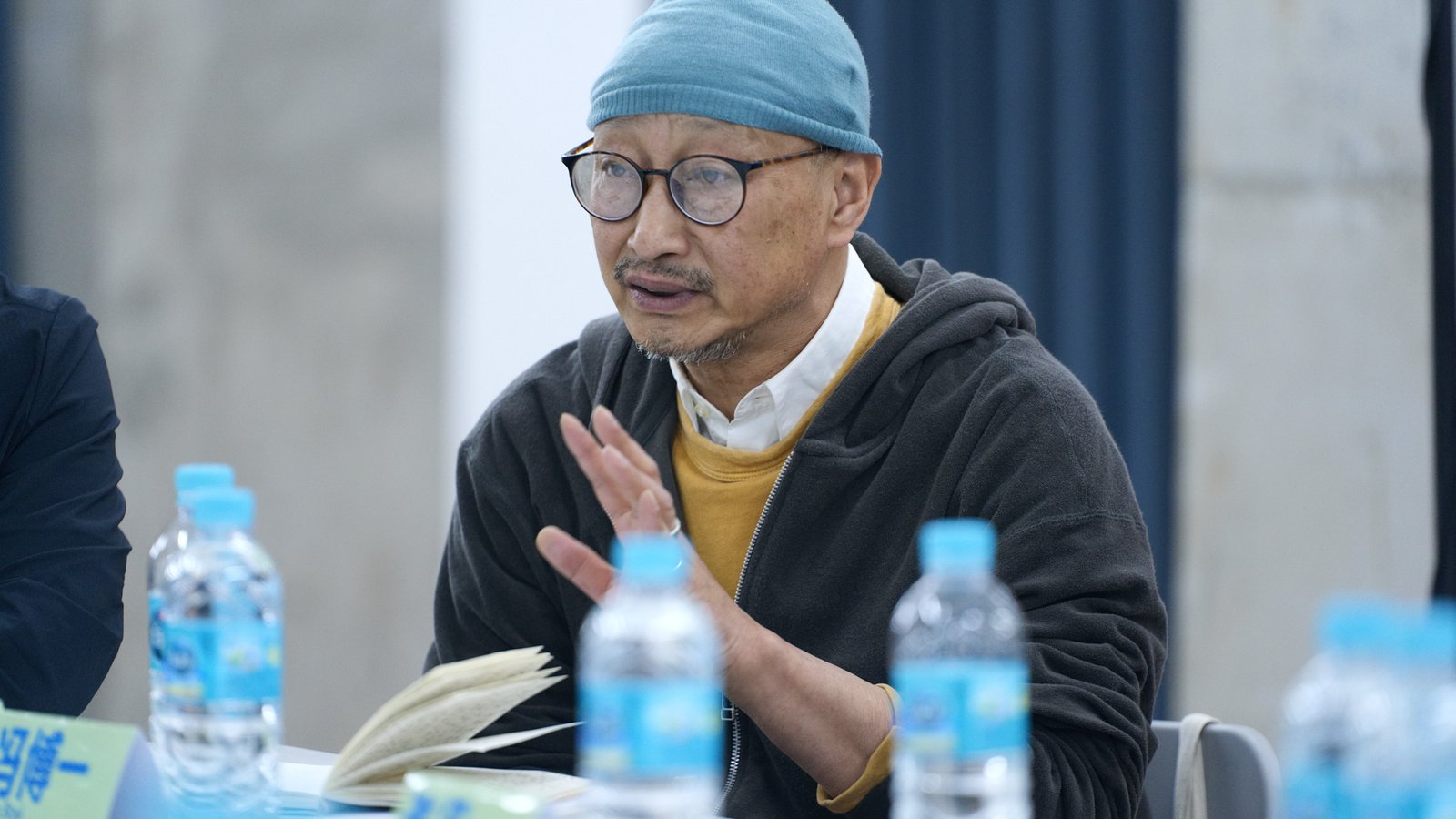
1. Building a Small Ecosystem
Overall, the Northeast region has been experiencing decline, which is confirmed by the large migration of people from the three northeastern provinces to the south. Although many artists have emerged from the Northeast since the 1980s, few have stayed, and Chinese contemporary art is still predominantly based in the south. Due to the lack of events, we also have little opportunity to come to the Northeast. Despite its many educational institutions and long history, the Northeast’s drawbacks in terms of cultural and contemporary art are so obvious that it can, to some extent, be considered a cultural desert.
Unlike the Pearl River Delta’s focus on Southeast Asia, emphasizing the geographical concept of Northeast Asia within the scope of contemporary art is still relatively rare in the Northeast. Building the concept of Northeast Asia in this state of silence, a missing piece on the map of contemporary art begins to emerge, which is of vital importance in all respects. Filling the gaps in the cultural field of Northeast Asia is a great and urgent task, but it also faces daunting problems. While sentiment is invaluable, achieving this goal requires substantial desk work and dedication. It is by no means something that can be accomplished overnight, and may even require ten to twenty years of effort. Therefore, it is necessary to be psychologically braced for a protracted war.
Interesting responses under low-cost conditions often depend not on the form of the institution but on whether it has impact and penetration in the area. Establishing a residency space at the foot of the Changbai Mountain benefits from geographical resources, but the excitement of immersion in a natural environment may only last for a short time. Residency creation requires more than feeling and experiencing a foreign place; it also needs to obtain communication and dialogue. On this level, an art center that combines archive and residency, linking and nesting exhibition projects and events during the residency process to form an ecological cycle, could be an effective method and strategy that is more sustainable than a single project.
2. Doing Fundamental Work
Between 1990 and 2000, avant-garde art materials from the 1980s and 1990s were mostly underground or semi-underground, scattered among the people, and inaccessible through normal channels. The establishment of a documentary archive was urgent at the time. From the perspective of personal experience, since the 1990s, the reasons for the rise and fall of many archives have varied, but there were two main practical issues: first, how to establish an effective operating mode to maintain the survival of the archive, and second, rather than just a collection of materials, the establishment of an archive should consider how these materials can have a derivative effect and impact. If we are to build an archive, we might want to start now by collecting, organizing, and compiling significant events in contemporary art from the three northeastern provinces, which is the basic work for archive building.
Some artists, when holding solo exhibitions, often display some so-called documentary materials at the same time, assuming that this gives their work a sense of documentation and scholarship. In truth, this is a form of cheap documentation. A real documentary archive is, by no means, a simple collection of materials. Selection, collection, categorization, and research must be carried out at the same time; otherwise it is just a data bank. Nowadays, the internet and digital materials have become mainstream means, making the process of collecting and organizing more convenient. The younger generation is more experienced in this regard.
3. Surviving Amid the Cracks
Even in first-tier cities, establishing art institutions and projects is not something that happens overnight. Regardless of the type of institution, it must possess a reverse mindset, because following what’s popular will never keep up with the trends. The key is to be clear about what we want most, what our demands are, and how to achieve them through unique methods. Every type of institution faces problems and dilemmas, some of which may even be difficult to solve in the long run, but this is not a matter of concern, because things are in the hands of people, and eventually there will be someone to overcome the difficulties. Chinese contemporary art has always struggled to survive amid the cracks, especially nowadays, where the struggle is more of a daily routine.
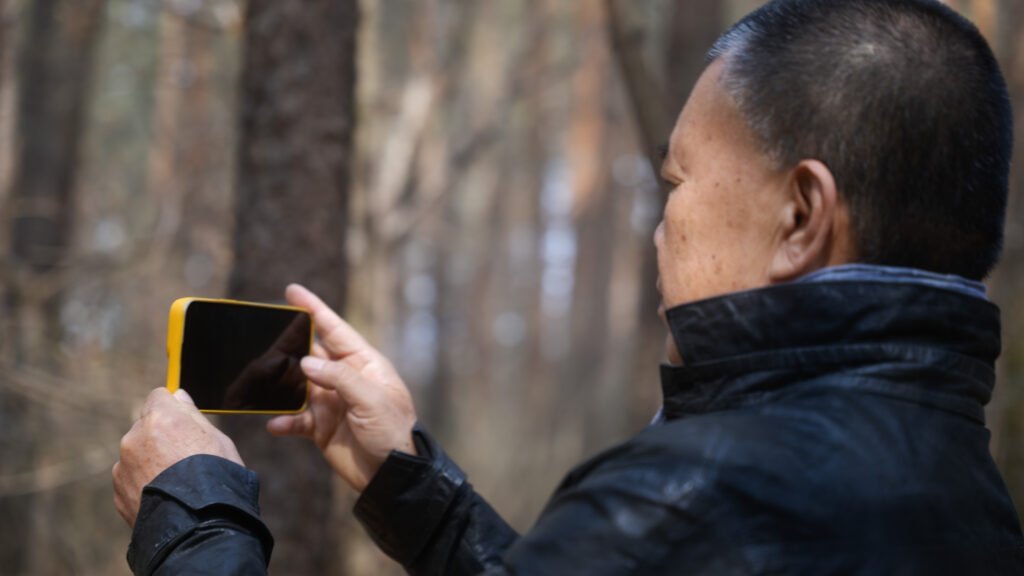
4. Finding Your Own Expressions
Proposing the concept of “Northeast Asia” at Changbai Mountain makes sense. As the junction of China, North Korea, and Russia, Changbai Mountain is more than just a mountain; it holds international symbolic significance. Many important events, including wars, have occurred in the modern history of the Northeast. Our neighboring countries and friends are also quite special, each with its own temperament. In this international geopolitical landscape, the Northeast Asia region holds significant definition. Through the visuals and expressions of artists, we can explore the boundaries of possibility and impossibility.
There is considerable academic value in how a project initiated by artists applies unique expressions, definitions, and context to create a distinctive documentary archive. The involvement of sociology and anthropology in shaping thoughts and representations of local work is itself a massive sociological work.
5. Pointless Replications
At first, I had strong doubts about establishing an archive. These doubts initially stemmed from the convenience of searching for information on the internet and via big data, which forces one to consider the meaning of an archive nowadays. An archive should not just be a collection of information but should be based on self-positioning and choices, posing questions and forming research leads and results centered on Northeast Asia, thus recreating new knowledge and documents. This is an arduous, tedious, yet critical task. When collecting these documents, only through selection can we clarify our direction. Otherwise, we will fall into the pattern of repeating the work of others or simply accumulating information, and the act will lose its meaning.
Furthermore, these young initiators of the institution have shown their distinct judgment and attitude. They do not attempt to replicate successful experiences but instead decide to forge their own path, expressing and responding with their own language and critical attitude. This eliminated my original concerns.

6. Having Inevitable Reasons
Dandong is an extension of Changbai Mountain, and the Yalu River also originates from Changbai Mountain. The two places are inextricably linked and face similar issues. How to make good use of regional resources is a common entry point for institutions in both places, but regional characteristics are not academic reasons. The inevitable academic reasons are the primary issue to be considered in the establishment of an institution.
7. Abandoning Illusions and Facing Reality
My personal experience of practicing contemporary art in the Northeast region is to “abandon illusions and face reality.” Looking back at 2014, when the economic situation and art ecosystem were in good shape, we evaluated and planned the founding of the Yalu River Art Museum based on our objective conditions and the most basic survival environment. We determined the long-term operation plan of the museum without external assistance, including simplifying the organization and regulating the holding of one annual exhibition a year. This approach aligns with the specific environmental realities of Dandong and the academic concept of the Yalu River Art Museum’s “non-annual presentation.”
8. Perseverance
If the projects of art institutions are suspended or resumed in response to changes in economic conditions, and the funding is increased or decreased accordingly, wrong signals will be sent, and it will become difficult for the industry to make judgments. A museum in a remote area has a powerful drive and impact on local contemporary art, but it requires perseverance to produce results. Therefore, regardless of the economic situation, we set up the institution and allocated funds with a long-term development concept to enable stable operation, and seek development by constantly overturning ourselves in academic construction.
9. Limitations Highlight Differences
The common dilemma of doing art projects in remote areas of the Northeast is limited influence. Only with independent judgment and differentiation can we effectively raise our voices. We envisioned a residency project when the museum was first established, but we only recently started it because we couldn’t previously find the differentiation of the residency project. Now, our entry point is to use the residency as an exchange project with museums in first-tier cities and to tie it with other projects. This kind of residency with various possibilities is our reason for launching.
Differentiation is an exit for solving the dilemma of art projects in remote areas. For example, the annual exhibition of “non-annual presentation” with projects themed on the unique resources of Changbai Mountain may seem like very narrow topics, but such limitations highlight differences. Of course, this is a discussion based on the premise of having established independent academic value judgments.
10. Raising Clear Voices
The contemporary art ecosystem in the Northeast is relatively weak, and the same condition applies to Changbai Mountain and Dandong. If our projects have to consider tourism resources and cater to public tastes, it will be difficult to create exhibitions of academic quality. Therefore, we chose to focus solely on academic construction. Even though we are located in a popular tourist area, we do not track visitor numbers because the over-interference of social and commercial factors severely diminishes academic purity. Weighing these factors, satisfying public trends in an area that originally had no contemporary art foundation can result in greater academic quality loss and hinder the museum’s role in leading academic exploration.
When creating contemporary art projects with academic values in a small local city, you cannot have it all. Otherwise, the core of your subjectivity becomes blurred. In a place where resources are scarce, it is essential to raise clear voices; otherwise, you will lose value in academic terms.

11. Interviews Bring Out Issues
Although the Asia Art Archive (AAA) has been around for over twenty years and appears to be a large, mature institution, I wish to emphasize a sense of urgency. Around 2000, when doing research on contemporary art in China, AAA’s founders discovered that no public library in mainland China could provide researchers with easy access to research materials. This prompted them to take action. Similarly, in the Northeast, establishing an archive depends not on the conditions but on awareness of issues and urgency.
Around 2015, after AAA re-examined our existing libraries and digital archives, it became clear that we knew relatively little about non-central regions in China. Consequently, we began investigating these areas and establishing corresponding archives and projects. I was responsible for looking into the situation of contemporary art in the Northwest. As I began my research project, I found a lack of existing reference literature. Therefore, my approach was to conduct numerous interviews and build connections with artists born in or related to the Northwest region.
Through extensive interviews, I further clarified my awareness of the issues. During these interviews, I gradually discovered that there is a different relationship between individuals and the place in the Northwest, especially compared to the South, that there are differences between distinct regions within the Northwest, and that there is a sense of alienation between different cultural groups.
We may have all sorts of preconceived perceptions and imaginations about the Northeast. But how do the historical, cultural, and political narratives of this region relate to the work of local art workers so that these discourses genuinely connect with art history? The first step might be to distill awareness of these issues through numerous interviews so as to better understand the living and creative environments of local art workers.
12. Research Drives Archives
The operation mode of the AAA has adapted at different stages to meet changing demands, concepts, and media. In the early days, we had many on-site researchers across Asia who were responsible for collecting paper materials and recording site conditions. As media technology advanced and many institutions began spreading archive materials online, AAA also reduced the number of on-site researchers and shifted to a research-driven archival mechanism. We engaged more in discussions with various sources to develop broader research leads and content priorities. Through these leads and themes, we defined the logic for creating archives.1
It is crucial to emphasize that archives should be open spaces that are capable of extending into the future. When establishing archives, we must consider whether the materials will allow for different research ideas to be carried out in the future, which is a key criterion for determining whether the archive is worth creating.
13. Project-Based and Appointed Studies
The project-based system can appoint researchers to conduct relatively long-term residency research. The research outcomes can be presented in the form of papers and are also required to be converted into smaller-scale archives organized with clear thematic leads and goals. This method helps balance the institution’s inability to ensure stable and in-depth research engagement from its own team. By using research to drive archives, we can ensure the systematic nature of the documentation while leveraging the initiative of the research leaders at the same time.

14. Fission Thinking
Nature, the master of art, has spent over three billion years of history sculpting the highest peak on the eastern edge of the Eurasian continent in the Northeast region of China—the Changbai Mountain. Its majestic figure guards the ecological balance of Northeast Asia and nurtures the people of the Northeast with its three rivers. Changbai Mountain, as a work of “divine craftsmanship,” stands in an unchanging silence while witnessing the dramatic changes in human history, forming a unique culture that unites heaven, earth, and humanity. As the world enters a new historical period of rapid development, the pace of life in the Changbai Mountain area has, however, slowed down. The ancient and traditional culture of Changbai Mountain, constrained by rigid human behaviors, is now facing slow development and a lack of internal motivation, and the regional culture has encountered a new bottleneck.
How can we overcome the restraints of this bottleneck and bring new development opportunities to Changbai Mountain culture? The Northeast Asia Art Archive and ARTDBL, the two teams formed by young people, one from the south and one from the north, have invited renowned domestic artists to Changbai Mountain. With new thoughts, new perspectives, and new visions, they engage in a dialogue with the ancient Changbai Mountain. This forum, without field trips or artwork exhibits, aims to “feel the pulse and set the tone” for the current situation and development of the Changbai Mountain culture. This sense of responsibility makes me feel as if the spring of Changbai Mountain has arrived. It is a spring unlike that of the seasonal cycle of nature; it represents the seeds of contemporary art taking root in the fertile soil of traditional culture. Once rooted and sprouted, they will surely bring a fission effect to the culture of Changbai Mountain, allowing it to blossom and shine with new connotations and forms of expression.
15. Empowering Root Culture
The distinction between the concepts of “Changbai Mountain culture” and “pan-Changbai Mountain culture” is crucial, as confusing the two leads to conceptual ambiguity. After volcanic eruptions, the part mainly covered by ash became the core area of Changbai Mountain, while the rest of the mountain range became known as the pan-Changbai Mountain region. The historically formed Changbai Mountain culture originates from the specific cultural formations of the Changbai Mountain core area, serves as the core driving force of the two conceptual regions’ cultures, and is the root culture. That is to say, the pan-Changbai Mountain culture is somewhat influenced by the core culture. We must empower the root culture of Changbai Mountain, because only with deep roots can the foliage flourish. Once the cultural foundation of Changbai Mountain is solidified, the peninsula culture, regional ethnic cultures, and even Northeast Asian cultures in its surroundings will grow from these roots. Meanwhile, attention must be paid to the relationship between the attributes and essential characteristics of Changbai Mountain culture so as to avoid forms of cultural expression that replace cultural characteristics with cultural phenomena. To address these issues, two key concerns must be highlighted: the fragmentation of Changbai Mountain culture and the cultivation of contemporary art soil.
Thus the Northeast Asia Art Archive came into being, and its establishment is quite timely and fitting. It will complete the construction of the cultural system of Changbai Mountain as well as contribute to the integration of Changbai Mountain cultural arts with Northeast Asian cultural arts. The archive should be based on Changbai Mountain and oriented toward Northeast Asia, emphasizing cultural and artistic characteristics. It should strengthen the database construction of the collaborative platform horizontally and focus on the collection and preservation of cultural and artistic treasures vertically. It should pay particular attention to the artist residency project, form a replicable management and development model as soon as possible, and establish a national key area and an artist residency project alliance so as to strengthen cooperation and exchange, and embrace mutual development.

16. Ripples and Waves
Northeast Asia is not merely a geographical concept; it encompasses diverse species and rich cultural, historical, and religious resources and is characterized by typical Northeast Asian landscapes. Building an archive requires a great deal of work. It includes basic collection, and the key parts require summarizing topics, extracting keywords, writing abstracts and summaries, and so on. This is a complex task and demands practical, concrete work from many people. Changbai Mountain, an area where the artistic ecosystem is relatively barren, can be metaphorically described in Fei Xiaotong’s words as a “differential mode of association.” The Northeast Asia Art Archive is like a pebble thrown into water, creating ripples, and these are the ripples of order determining how to establish the main strategy and where to start. Once the archive takes root in Northeast Asia, it must continuously sound its voice, spreading out like vibrating ripples and forming waves.
Changbai Mountain has a rich ecological, cultural, and human diversity, with a wide range and a huge amount of related art documentation, and the formation of its influence requires long-term accumulation. However, various artistic elements constantly change, much like the wave-particle duality in quantum theory. Artistic practices and events are filled with both certainty and uncertainty, complementing each other. Yet, despite the uncertainties, it is certain that the intervention of artistic events can activate the local art ecosystem. From exhibitions to field research, from interviews to seminars, from art of the earth to creations of comprehensive artistic landscapes of Changbai Mountain, from points to surfaces, and from waves to particles, a symbiotic art landscape is formed.
17. Event Intervention
Changbai Mountain is like a living organism, a system in which microscopic elements, bacteria, soil, humans, plants, animals, and insects coexist symbiotically. How do these elements influence each other? Within the same region, how can we continuously trigger events in an effective way and strategy to activate the local art ecosystem and construct an interdisciplinary, cross-field knowledge spectrum through the artistic interventions in life? More importantly, we need to explore how to express our ideas and voices effectively in this unique region.
Pure forms of documentation are relatively static, while the intervention of artistic events can provide a vivid and interactive supplement. Interacting with and teaching universities is also an effective way to increase attention and influence. In a residency program I participated in, people from various fields and forms gathered, from poets and artists to elderly women doing embroidery. Such diverse exchanges can construct a beneficial knowledge ecosystem. Similarly, the establishment of the Northeast Asia Art Archive requires support and participation from diverse art resources.

18. Rescuing Uniqueness
The cultural background of the Changbai Mountain area is incredibly rich and diverse, covering a vast geographic range and rich folk traditions. Each mountain and river on this land carries a wealth of historical stories and human emotions. The current discussion on the Northeast Renaissance is built on the cultural soil of folklore.
Production methods determine survival methods, and over time, that turned into culture. The folk traditions disappearing from the Changbai Mountain range, Heilongjiang’s local culture, and the folk art scattered among the people are all preserved by personal efforts and enthusiasm, often left to sink or swim on their own like wild grass on the mountains. A single wildfire can destroy them completely. My documentary project is not only a record of local culture but also a rescue of the unique cultural heritage of this land.
Isolation and cold have been gifts that have shaped my art. It was in this extreme isolation and cold that I experienced the most primitive state of human existence. Once we truly understand the people and events of this place, it becomes our culture and our life.

19. Revealing the Obscured
When it comes to the Northeast and Changbai Mountain, this magnificent land is also a harsh, cold place. If we draw an analogy, I believe the Northeast and even Northeast Asia are like Changbai Mountain, a giant dormant volcano, experiencing marginalization, muteness, prosperity, eruption, lockdown, war, decline, etc. Never underestimate the Northeast; it contains a historical energy so extraordinarily significant, to the point where it can even influence the destiny of a nation. This has been and will again be proven by history. However, it is often trapped and frozen, surrounded by the deep and unpredictable national destinies of neighboring countries. This paradox is like the mystery of a volcano: is it a gift or a nightmare? Is the Northeast a place of decline or revival? It can be both a place of volcanic dormancy and destruction, and a land that can nurture richness and vastness; a place of extreme cold, yet also a gateway of opening.
Northeast Asia is so inexplicable and complex, and the intricacies of its bones have created many taboos. Countless historical sites are obscured or entirely covered by the thick black soil and snow. Contemporary art has a precious tradition of taking on the roles of the brave and the explorer. Given the region’s rich history and substantial materials, the current discourse on the area is disappointingly rigid and superficial. Revealing and reconstructing the covered and obscured knowledge of Northeast Asia has become an urgent matter.
This time, several exceptionally young artists started an art project in the Northeast, which is documented in the archive. Does this perhaps indicate that it is not merely an artistic activity based on the individual sensibilities of young people? It may represent the consciousness or possibility of regional and knowledge reconstruction.
I deeply resent the ossification of scholarship into power system academics. Liberating knowledge from the constraints and obscurations of power is an important and serious task. If human knowledge is a tree, its roots come from the perception of every life, not from top-down authoritative rules. Our problem lies in losing the nourishment of the earth from the bottom up and the spontaneous, free spirit of countless water flows.
20. Reassessing Ourselves
Can Changbai Mountain become a force? Can youth become a force? Finally, can we avoid “looking for the donkey on its very back,” a futile search for our differentiation? We must question whether this place (Changbai Mountain) has the value to fill in the gaps of the world, which is the true value of the Northeast Asian documentation.
Cognitive limitations and historical obscurations seldom allow us to reveal the deep complexity and multifaceted value of this land. Perhaps art or artists can continue borrowing from the broad “shamanic” traditions here, gradually revealing these forces through a deeper connection touching into the depths of the soul, the earth, and time.
Therefore, I might not consider academics to be so great. If it has no profound relationship or deep connection with the blood and flesh of our destiny, then it would all be meaningless, academic or not, and we do not exist for the sake of academics. Many institutions worldwide are already engaged in all sorts of trivial works, all claiming to be academic. There are numerous such institutions, and it makes no difference if there is one more or one less; there is no need to go to all that trouble just to get in the game. I’m more concerned about whether what we do opens up ourselves and the energies around us. Yes, the potential of the archive lies in rediscovering the complex history of Northeast Asia and thus rediscovering ourselves, and I believe this may be the fundamental motivation and significance of this work. Of course, the experiences of others can provide references, helping you form or avoid certain paths. We can certainly have numerous methodological discussions, but I care more about teleology. What is your purpose in doing it? Do you have to do it? Are you destined for it? Li Jiaqi did this to answer Li Jiaqi’s own question: Is it still possible?
- For AAA’s content priorities, please refer to: https://aaa.org.hk/tc/like-a-fever/like-a-fever/building-asia-art-archive-part-3 ↩︎
